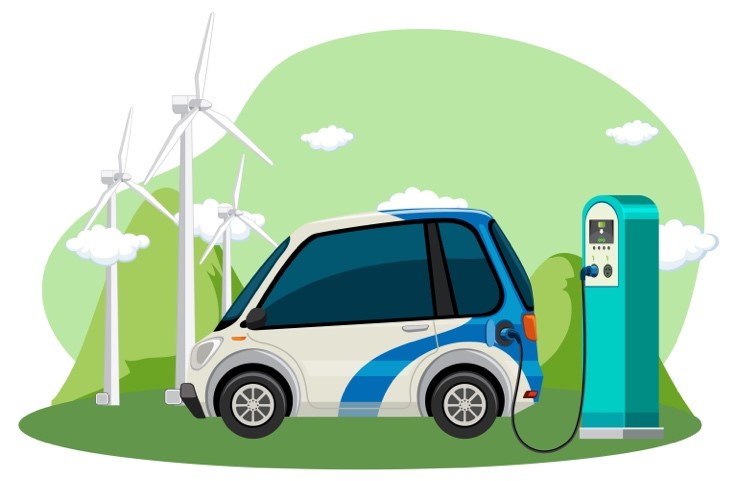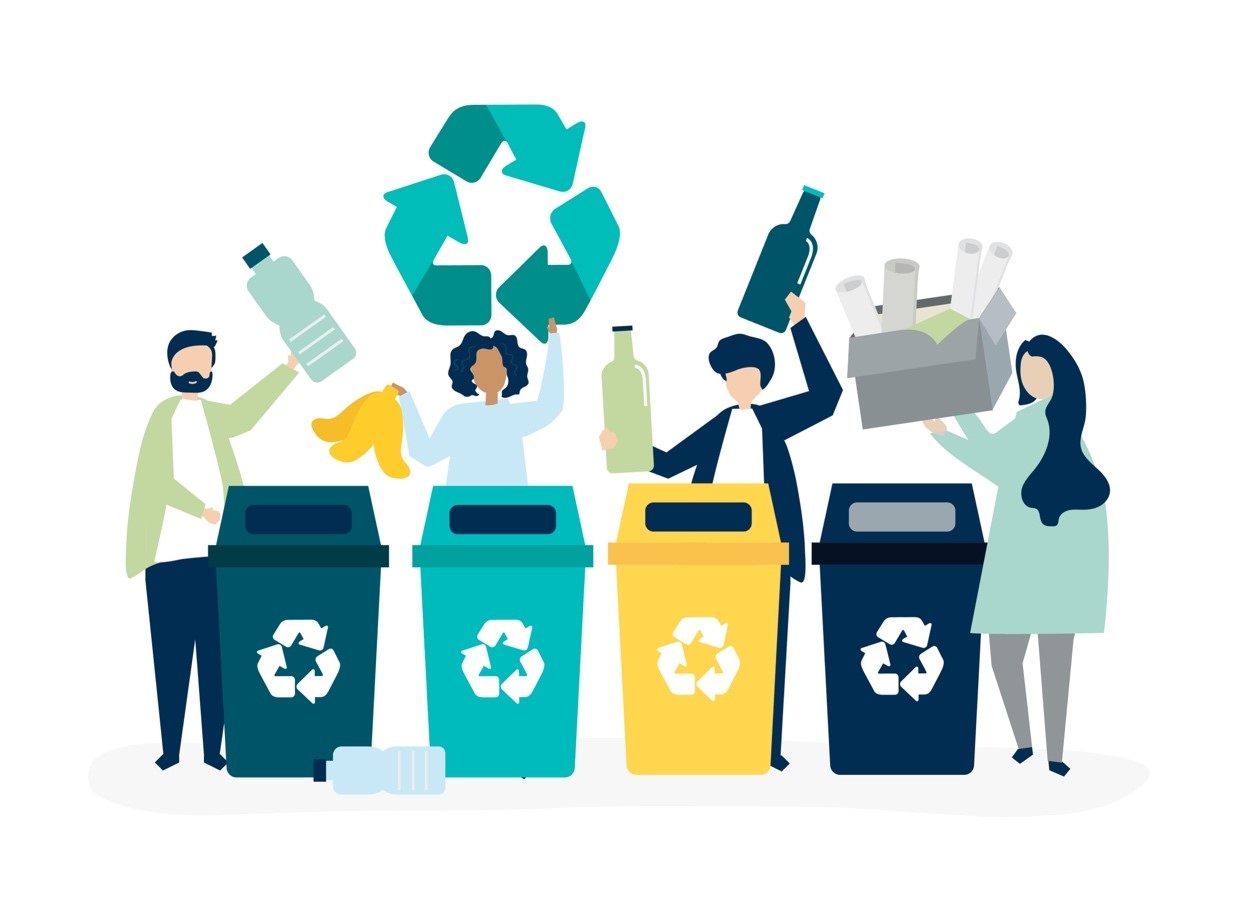
30 Sep Nudges: Making the behavioural shift to sustainability
How Behavioural Science Nudges Drive Sustainability
Researchers have extensively explored ways to motivate people to choose sustainable actions, often through psychological interventions. These can include more traditional interventions, such as offering money incentives, like “hand in your used cans and get money back,” or governmental regulations, like the sugar tax.
However, while these kinds of traditional interventions rely more on people’s conscious motivations, another way to change someone’s behaviour is known as nudging.
Nudging is a unique kind of intervention that focuses on the unconscious shortcuts and biases people make every day.
Nudging is, by definition, a cheap and easy-to-avoid recommendation that aims to make a certain behaviour more attractive. A well-known example is when a shop places healthy foods on higher shelves compared to unhealthy foods, making them more easily accessible to customers, a phenomenon known as a “repositional nudge.”
There are many kinds of nudges, with some more widely accepted than others. This blog will provide a few examples related to sustainability, explain the underlying mechanisms that make them effective, and conclude with some of the ethical challenges to consider when thinking about nudges.
By the end of this blog, you will look at the world around you a little differently, and I daresay start picking out nudges all around you.

Social norms and Sustainability
One of the most popular forms of nudging, social norms involve making people aware of what “most” people are doing, for example, “80% of hotel guests reuse their towels.” “More and more students are choosing plant-based meals.” “7 out of 10 customers bring their own coffee cup.”
Due to psychological mechanisms such as in-group bias, a phenomenon where people tend to follow the crowd and align with the majority, social norms are an effective way to promote sustainable actions. While people are still freely able to make their own choices, these messages steer people towards the sustainable majority.

Default rules
One of the most effective forms of nudging when it comes to changing people’s behaviour is default rules, such as…
- Printers typically have double-sided, black/white printing as the default unless specified otherwise, saving paper and colour ink
- Universities are making vegetarian meals the default lunch, and students have to ‘opt-in’ to have meat-based lunches, decreasing meat consumption
- Car rental companies are making electric cars a default unless customers specifically request petrol/diesel cars, reducing fuel emissions
A part of being a human is typically going with the easiest course of action, known as inertia, taking the path of least resistance. While these examples still afford people their free will to choose alternative options, the sustainable choices are set as a standard ‘default’.
Informational nudges
Seen as a more ‘upfront’ type of nudge, informational nudges are in the name:
- Smart meters, allowing people to monitor their energy usage in real-time and giving them the information they need to make greener choices
- Stickers on bins reminding people of what rubbish belongs in which bin
- Available CO2 impact information about certain routes to nudge commuters towards greener transport options
Less about harnessing people’s brains and more about providing them with useful information to make an informed choice, this type of nudging remains a firm favourite for increasing sustainable behaviour.
Nudging and the Ethical Challenge
While nudging is strictly bound to ensure people can maintain their free will, some people believe that nudging takes advantage of others, pushing them towards a pre-dictated choice. Who gets to be in charge of setting an ‘ideal’ way to live?
Furthermore, how can people choose freely when they aren’t even aware they are making a choice?
Nudging can utilise the cognitive shortcuts in a person’s brain, which some countries, in particular, frown upon, such as Germany and Denmark. However, there are ways to combat these concerns, such as ensuring nudges are transparent and providing people with sufficient control to make their own choices.
Take control of sustainable behaviour
Now that you have a bit more knowledge of a very common way people are steered towards certain behaviours, you may look around and see some nudges in your environment. Nudges hold great promise for promoting sustainability in both daily life and the workplace, encouraging sustainable behaviour. However, I would emphasise the importance of consulting a professional to ensure it is done effectively and ethically.


No Comments